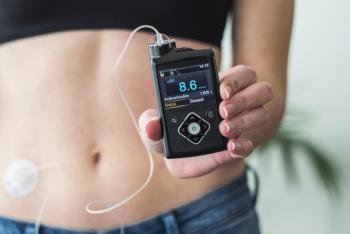
ADA 2010: TZDs associated with increased hip fractures
New data from Scotland suggest that drug regulators should change labeling on thiazolidinediones to warn of elevated risk for hip fractures in both men and women.
New data from Scotland suggest that drug regulators should change labeling on thiazolidinediones to warn of elevated risk for hip fractures in both men and women.
"It is a class effect," said Helen Colhoun, PhD, professor of public health, University of Dundee, Dundee, Scotland, United Kingdom. "There is no significant difference in the increased risk for hip fractures between rosiglitazone and pioglitazone. The FDA should strongly consider changing thiazolidinedione labeling to reflect this risk."
Colhoun detailed findings based on a retrospective analysis conducted by the Scottish Diabetes Research Network of more than 90% of all patients with diabetes in Scotland. About 144,000 patients met the study criteria, taking at least 1 oral antidiabetic agent but not insulin, during the 2000 to 2008 study period. Researchers linked detailed patient health data with hospital data to track admissions that involved fractures in patients with diabetes. The mean follow-up period was 3.8 years.
Thiazolidinediones are widely recognized as being associated with distal fractures in women, Calhoun noted. There is a growing body of evidence indicating that the risk includes hip fractures in both men and women.
This study confirms that TZDs elevate the risk of distal fracture in women by 1.57 times (P=.016) for a combined hazard ratio of 1.98 (P
"The risk of hip fracture is doubled in both men and women," Calhoun noted. "In men, the effect is strongest in younger men between the ages of 50 and 60. We calculate that up to 17% of all hip fractures in the diabetic population can be attributed to TZDs."
The study group is still analyzing dosing data to determine whether there is a dose-related association, Calhoun said in response to a question. She added that early analysis suggests that the elevated risk persists for at least for several years after a TZD is stopped.
Newsletter
Pharmacy practice is always changing. Stay ahead of the curve with the Drug Topics newsletter and get the latest drug information, industry trends, and patient care tips.




































































































































